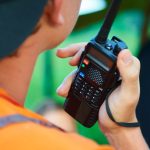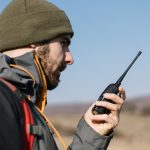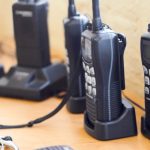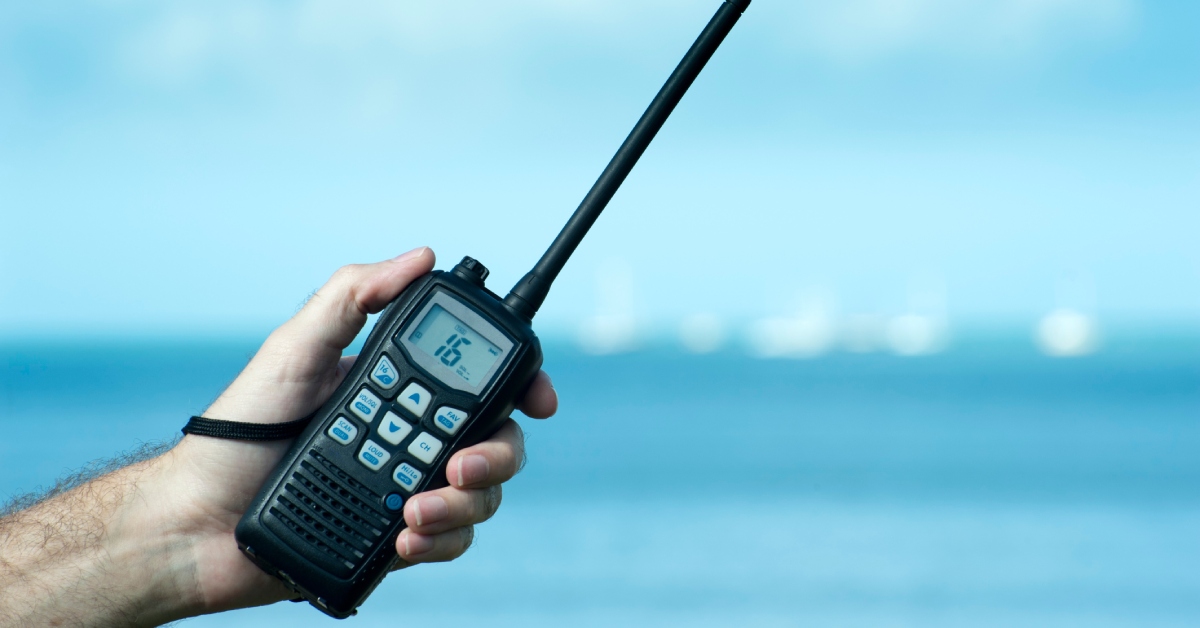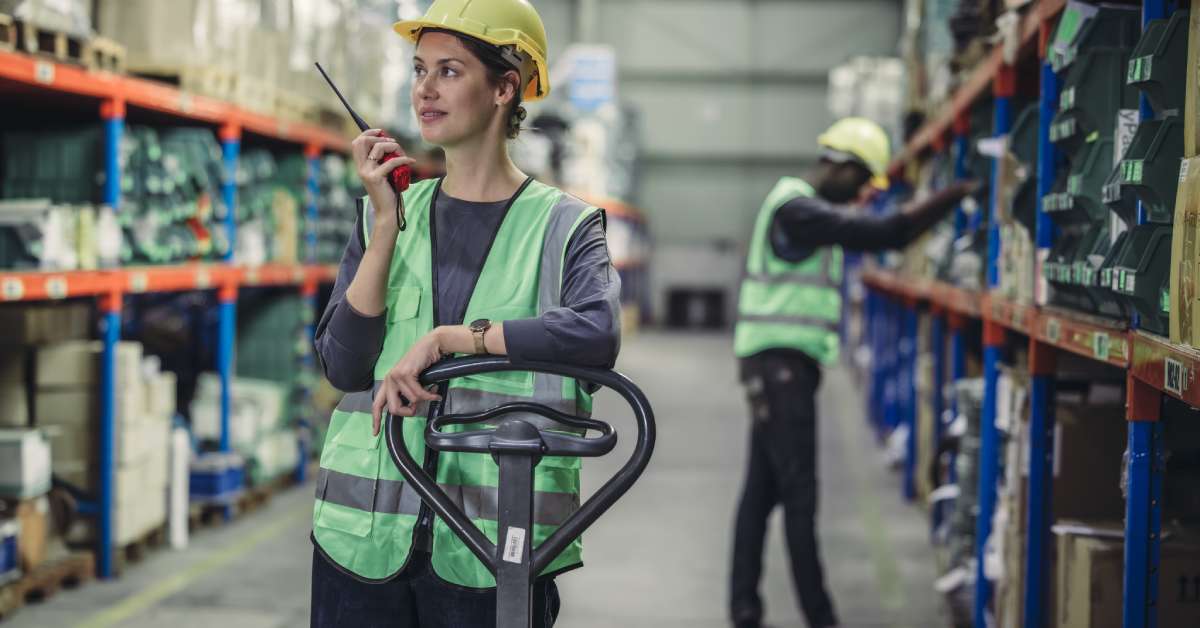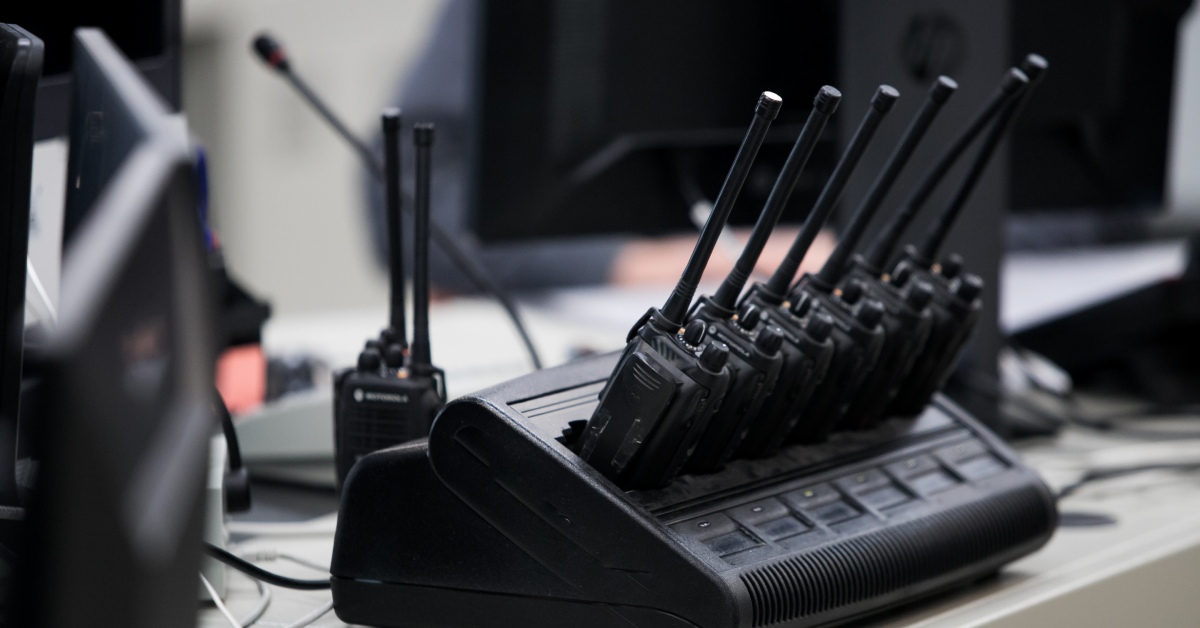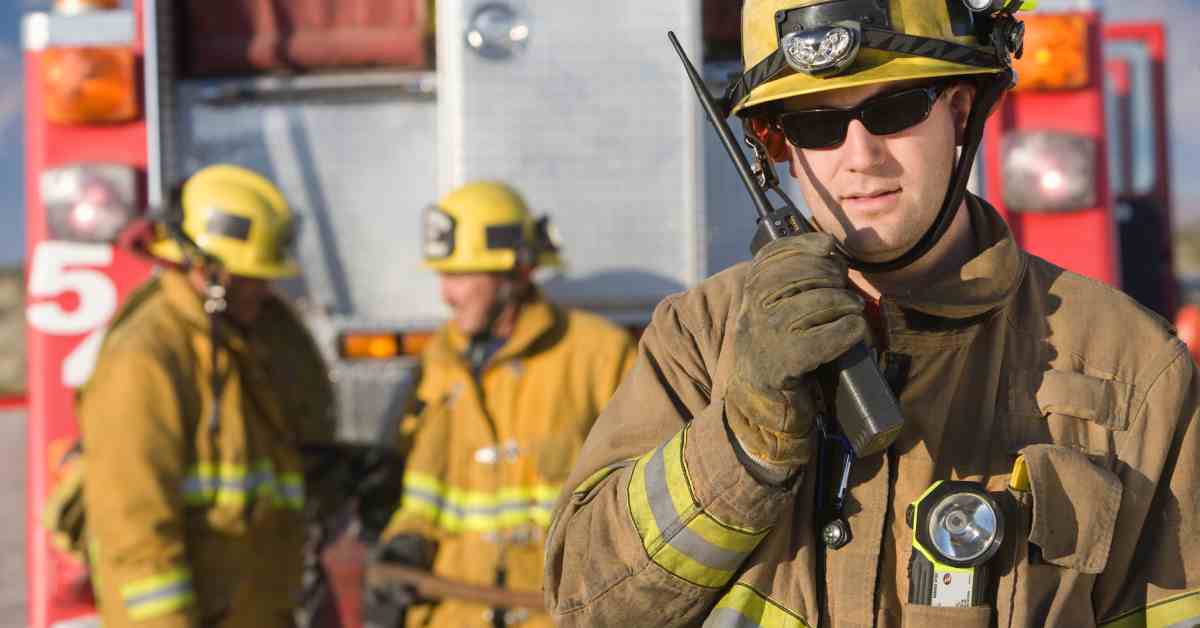Radios used by First Responders
First responder radios, also known as public safety radios or two-way radios, are critical communication tools used by emergency personnel such as police, firefighters, paramedics, and other first responders. These radios play a crucial role in ensuring effective coordination and communication during emergencies and daily operations. Here are some key features and aspects associated with first responder radios:- 1. Two-Way Communication:**
– First responder radios are designed for two-way communication, allowing individuals or groups to transmit and receive messages in real-time.
2. **Frequency Bands:** – Public safety radios operate on specific frequency bands allocated for emergency services. These bands are reserved to prevent interference and ensure secure communication.
3. **Digital and Analog Modes:** – Radios can operate in either digital or analog mode. Digital systems offer advantages such as clearer audio, enhanced security features, and the ability to transmit data, while analog systems may be simpler and more familiar to some users.
4. **Interoperability:** – Interoperability is a critical feature, allowing different agencies and departments to communicate with each other seamlessly during joint operations or emergencies.
5. **Durability and Reliability:** – First responder radios are built to withstand harsh conditions. They are often rugged, water-resistant, and capable of functioning in extreme temperatures.
6. **Encryption and Security:** – Security is a top priority, and many first responder radios support encryption to prevent unauthorized individuals from monitoring or interfering with communications.
7. **Emergency Features:** – Radios often have dedicated emergency buttons or features that allow users to quickly send distress signals or priority messages during critical situations.
8. **GPS Integration:** – Some radios are equipped with GPS technology, enabling location tracking for personnel in the field. This can be crucial for coordinating responses and ensuring the safety of first responders.
9. **Battery Life:** – Long battery life is essential for extended operations. Some radios also support various power-saving features to conserve battery during periods of low activity.
10. **Programming and Customization:** – Radios can be programmed with specific channels, talk groups, and settings tailored to the needs of the agency or department using them.
11. **Training and Simulation:** – Training features, such as simulation modes, allow users to practice using the radios in realistic scenarios, ensuring they are familiar with their operation in various situations.
12. **Compliance with Standards:** – First responder radios must comply with industry standards and regulations to ensure their effectiveness and interoperability with other systems.
These features collectively contribute to a reliable and secure communication infrastructure for first responders, enabling them to coordinate efforts and respond efficiently to emergencies.



